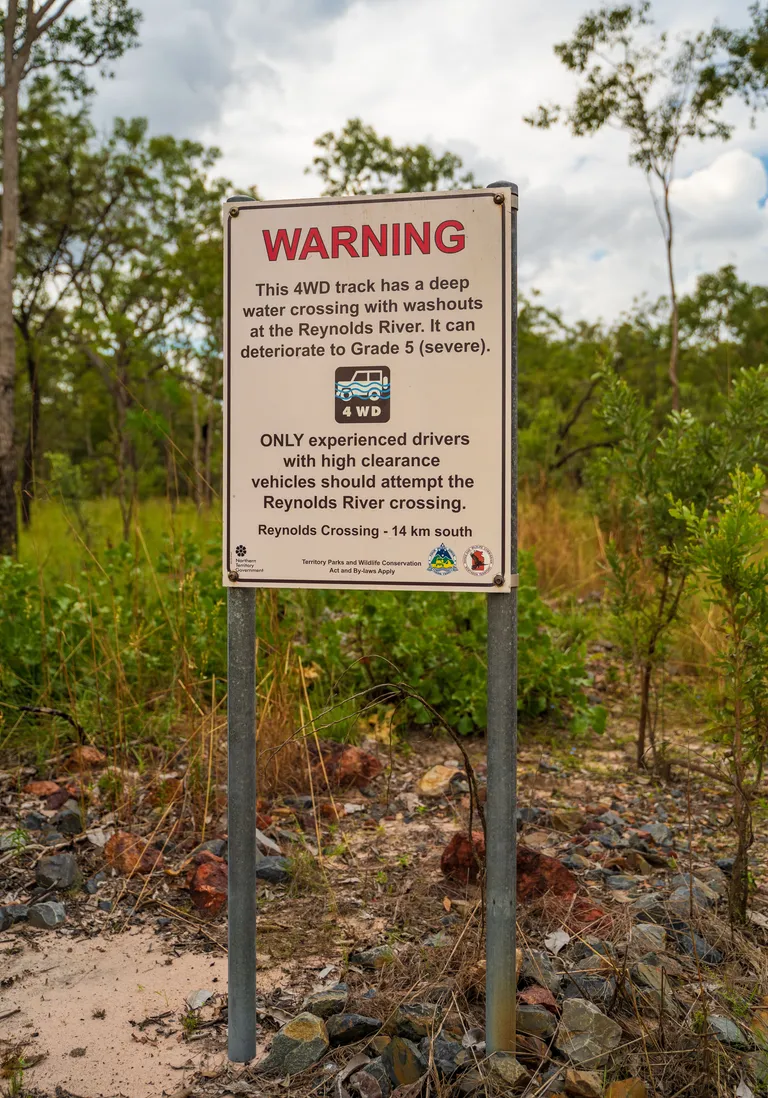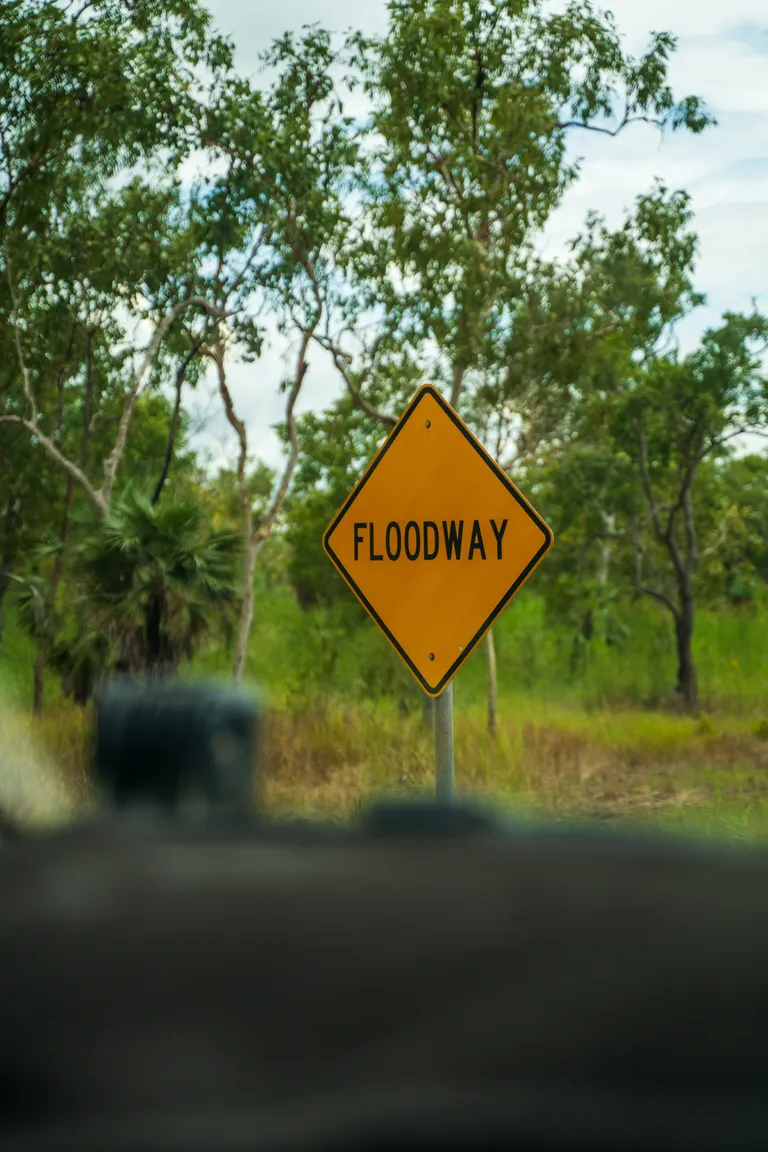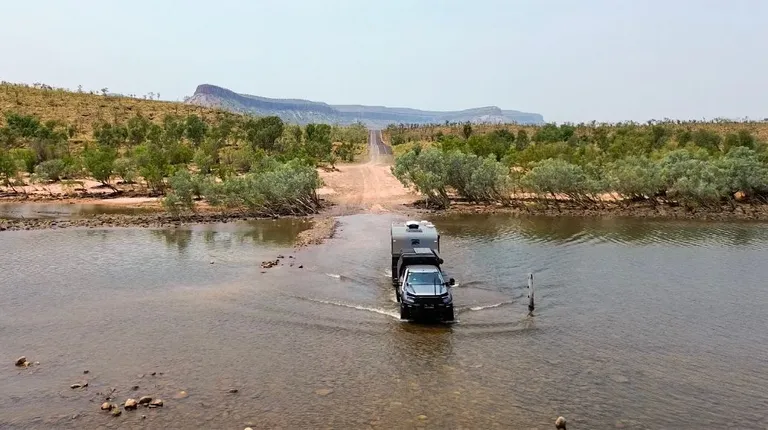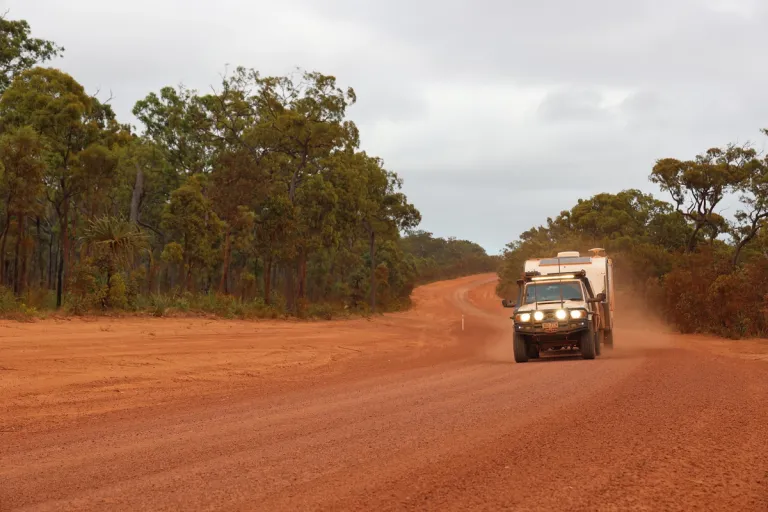There are few things in 4X4’ing as intimidating as water crossings; their unpredictability, the threat of being bogged and of course the chance of sinking. The first time I crossed water solo was in my partner's $180,000 Ute, on the Gibb River Road with no reception to call for help and a stern warning of “if you sink my Ute, don’t come back.” Safe to say there was a little bit of pressure!
However, when done correctly and sensibly there really is no reason to have the fear of God surging through your veins when undertaking a water crossing. If you’re a beginner 4WD’er who wants to step up their adventures and upskill while you’re at it, this is the guide for you.
Before you go
Check your insurance
Check that your insurance company covers water crossings. As with all things there are freak accidents and even if you tick all the boxes things can still go wrong. You’ll want to know before you head off on your trip that you’re covered, should the worst case scenario happen.
Consider a snorkel
Consider adding modifications to your rig that can assist your 4X4’s ability to handle the challenge of a water crossing. This includes a snorkel that will work to lift the air intake well above the factory position, in an effort to prevent any water entering your engine. Without it you’re risking hydrolocking, which is extremely hard to come back from.

deep water crossing warning
Diff breathers
If your 4WD isn’t fitted with differential breathers consider adding these to your setup, they work to extend the diff breathers to a higher point in the vehicle, similar to what a snorkel does for your engine, which is going to reduce the risk of water entering your diffs. If water was to find its way in, you risk water contamination in your diff oils causing damage, increased wear and potentially leaving you stranded. You can also often run breathers for your gearbox, transfer case and any other sealed part that could be vulnerable to water during a water crossing.
Recovery options
Install rated recovery points, if you haven't already done so. If you find yourself in the unfortunate position of becoming stuck in a water crossing, rated recovery points could be a lifesaver for your rig should you have another vehicle pull you out. On top of this, it’s best practice to carry recovery gear with you on every adventure, including snatch straps, a winch (if travelling solo) and recovery boards. A general rule of thumb or ‘recovery etiquette’ if you will, is “whoever sunk it” meaning if your vehicle is the one in the water, the rescuing party will be using your recovery gear to get you out, not theirs.
Don’t skimp on modifications
I think this one goes without saying but I’ll throw it in here anyway: make sure any modifications you add to your 4WD are installed properly, ideally by a professional. Saving a buck for a DIY job could be a risky sacrifice that results in a forfeit of your beloved vehicle. Not to be a pessimist, but you definitely need someone with expertise to install the correct parts, especially those that are water-sensitive.

floodway sign gibb river road
Do your due diligence
There are a few rules to follow to ensure you always approach a situation such as a water crossing as sensibly as possible.
First things first:
- Check the depth and if you’re not in croc country, walk the crossing first. It helps to use a long stick to probe the ground as you walk through it.
- Assess the flow of the water, if it’s fast flowing then forget it - even the most experienced wheeler can’t combat physics. It doesn't matter if you’ve got decades of 4WDing under your belt, mother nature will win every time, so keep your ego in check.
- Work out its base: will you be driving on soft mud, gravel or rock?
- Look for any obstacles: are there hidden rocks along the way, logs or any deep ruts?
- Pick your line and stick to it. You’re going to want to pursue the route that’s as straight as possible and doesn’t require sharp turns mid-crossing, on firm ground and slightly downstream if you can swing it.
Preparation is key and the prep you do prior to a water crossing can be life or death (for your rig) so take your time to do it right.
During the crossing
Go slow and low (range)
“Go slow and low” is the perfect mantra when you’re a newbie to water crossings. What does it mean? Put your vehicle into low-range (4L) so you can crawl through at a slow and steady pace. It’s important when heading through a water crossing that you do so without losing momentum or creating huge waves of water.
If you’re feeling a little anxious you may want to race through and get the crossing over and done with, however slow and steady wins the race… and keeps your engine from turning into an expensive boat anchor.
Don’t panic and definitely do not stop
It can be daunting crossing the water in your pride and joy, especially when you’re new to the challenge. Try to remain calm as you push through the water and maintain a pace that keeps your bow wave steady. Avoid sudden acceleration and braking and definitely do not come to a stop. If you lose momentum, you risk getting bogged, losing traction, your bow wave collapsing and/or water rushing into your engine.
Worst case scenario: You get stuck
It’s important to hope for the best but always prepare for the worst. If you find yourself stuck during a water crossing the absolute golden rule is: do not turn off your engine. Keeping the engine running prevents water from flowing up the exhaust pipe, flooding the exhaust system and making its way into the motor.
Instead of revving and spinning the tyres, and possibly digging yourself into a hole, stay calm and gently accelerate to see if you can set yourself free. If that doesn’t work, attempt to gently reverse the way you came in.
If reversing doesn’t get you out, it’s time to recover. Again, keep the engine running and begin the process to either winch yourself out, have someone in your convoy snatch you out and/or chuck the recovery boards underneath your tyres. Recovery is a whole topic in itself, so I won’t go too in depth here, however always remember to stand clear when a vehicle recovery is in progress.

pentecost river water crossing
Alright, now that you’ve got the basics down, I reckon you’re ready to give it a crack. Water crossings can be a bit nerve-wracking, sure—but once you’ve got the know-how, they open up access to even more of Australia’s hard-to-reach spots. And when you do it safely, it’s a great way to build confidence and take your adventures further.
From the beach to the bush
Get insurance that covers you anywhere you can legally go in Australia





